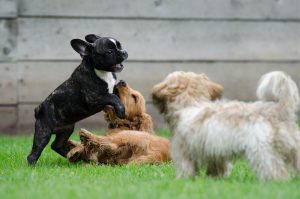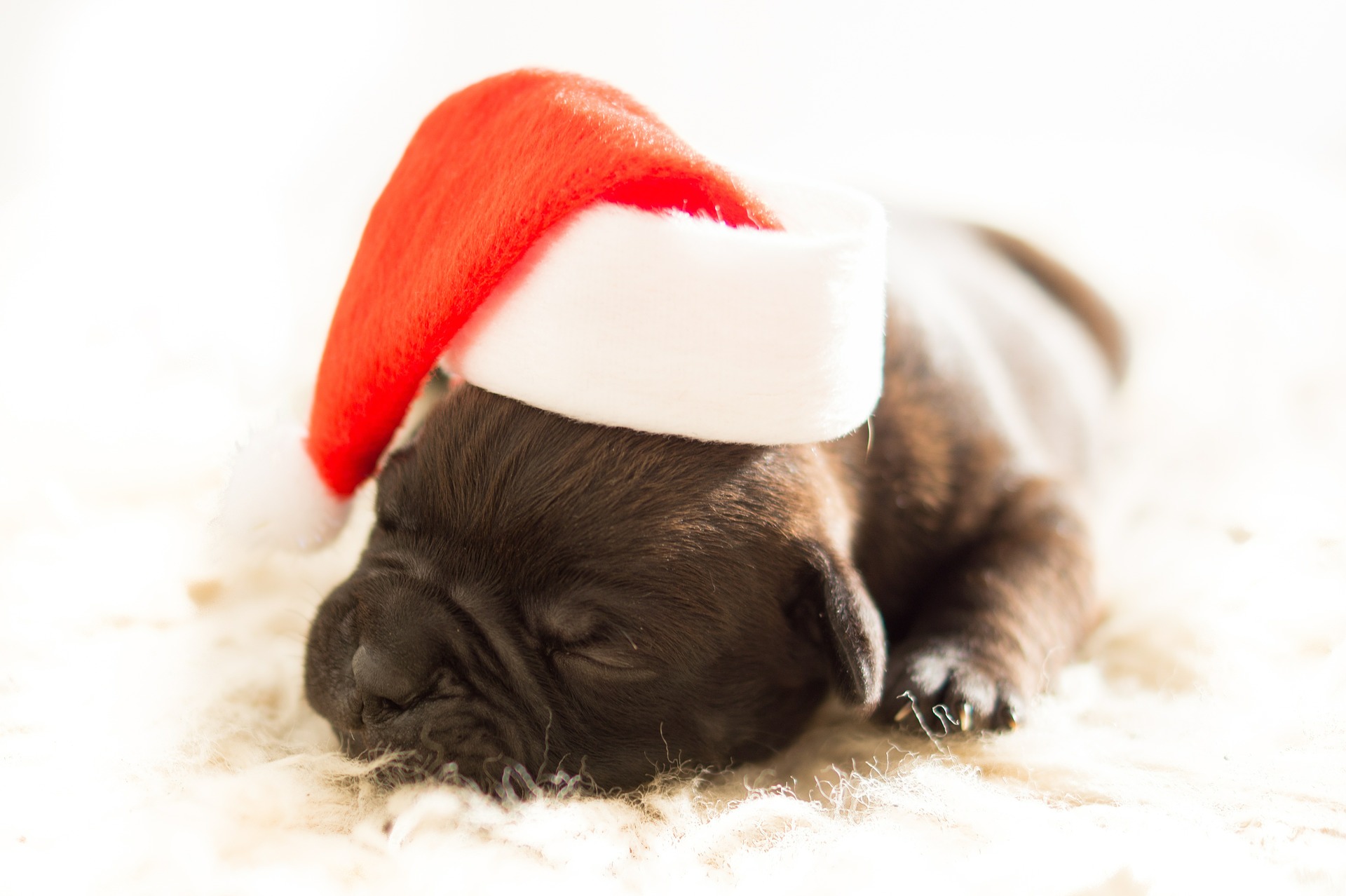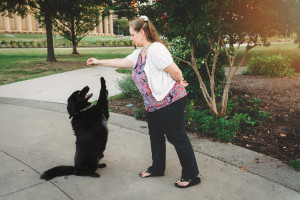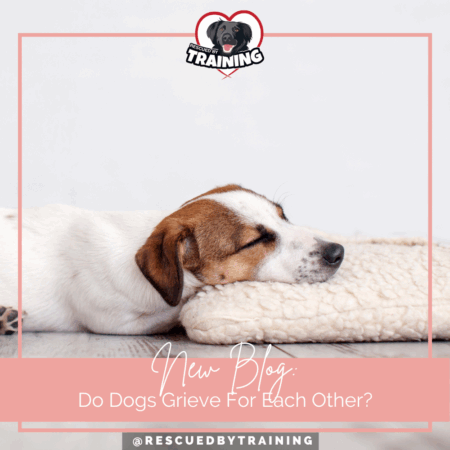This time of year a lot of dogs find their new homes, and many of these are being integrated into homes where there is already a resident dog, so it’s a good time to review the best way to set both your new and existing dog up for success during the initial transition.
I know you’re excited about your new addition but make sure you take things slowly! Presumably your two dogs have done a meet and greet and that went “fine,” so it’s easy to think they’re just best buds. But even the most dog-friendly of dogs can be overwhelmed with moving to a new home with new people and new everything. And your resident dog might be overwhelmed with all the commotion this new dog is causing, while he’s also trying to navigate sharing his people and stuff.
Use physical barriers like crates, x-pens and baby gates to split them up every 30-60 minutes. I also recommend leaving leashes on with them dragging so you’ve got them as a grab tab in the event you need it. And definitely do not leave them unsupervised at all.
Brush up on dog body language (great videos here and here), so you can quickly recognize and intervene if things get tense or growly. Happy talk, use food and split them up and give them both some alone time. If you can’t interrupt fast enough and it escalates into a fight, use the leashes to pull the dogs apart, throw a blanket/towel over them, wheelbarrow the dogs (lift them up by their rear legs) or last resort, use citronella spray. Never reach in between the dogs.
 Familiarize yourself with what normal dog play looks like. Often play can be loud and scary sounding. This video and this one are great examples to really learn about dog play.
Familiarize yourself with what normal dog play looks like. Often play can be loud and scary sounding. This video and this one are great examples to really learn about dog play.
Put away anything that might be a guarded resource. This includes, toys, chews, bones and food bowls (even empty ones). And be aware that some dogs will guard spaces, people and resting spots. Tight spaces like hallways, doorways, kitchens where the dog may feel trapped or not have space to turn around to escape can also be areas of tension.
During feeding times, be sure to physically separate dogs. When it comes time to give out food and treats, feed the new dog first. This helps create a positive association that the new dog getting something predicts your existing dog is about to get something. When feeding treats, stretch your arms out as far as they go and feed each dog from that hand. Feeding them close together could elicit guarding.
Ensure both dogs get lots of individual attention, including training time. This will help your new dog settle but it will also help your existing dog not be neglected with all the attention being on your new friend. Try to disrupt your current dog’s routine as little as possible.
Once your new dog is settled in, then you can begin to extend their supervised time together and the more you’ll learn about the dynamic between them. You’ll learn triggers or what they can safely do in the same space. But let this play out over time. Don’t rush it.
If you would like some additional guidance or have other questions, contact me. I offer remote sessions for many issues, including this!
Happy Training!
–Kate





